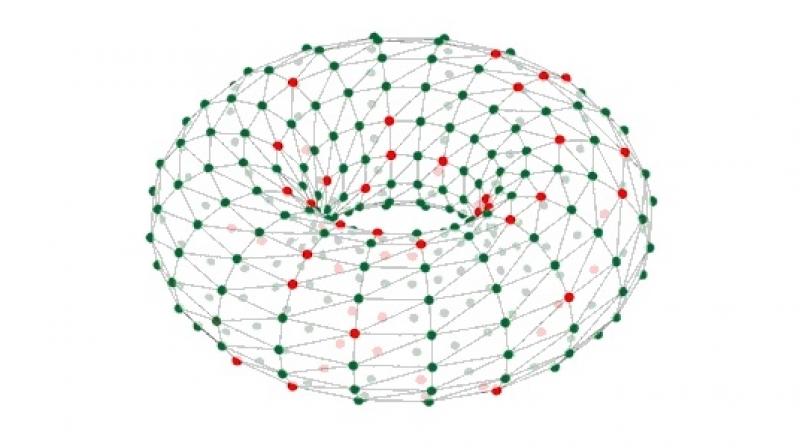The largest brain-like supercomputer has been switched on
12 November, 2018

The world’s largest supercomputer designed to work in the same way as the human brain has been switched on for the first time.
The newly formed million-processor-core Spiking Neural Network Architecture (SpiNNaker) machine is capable of completing more than 200 million actions per second, with each of its chips having 100 million transistors.
To reach this point it has taken 15 million in funding, 20 years in conception and over 10 years in construction, with the initial build starting way back in 2006, according to a statement.
The SpiNNaker machine, designed and built in The University of Manchester in the UK, can model more biological neurons in real time than any other machine on the planet.
Biological neurons are basic brain cells present in the nervous system that communicate primarily by emitting ‘spikes’ of pure electro-chemical energy.
Neuromorphic computing uses large-scale computer systems containing electronic circuits to mimic these spikes in a machine.
SpiNNaker is unique because, unlike traditional computers, it does not communicate by sending large amounts of information from point A to B via a standard network.
Instead, it mimics the massively parallel communication architecture of the brain, sending billions of small amounts of information simultaneously to thousands of different destinations.
“SpiNNaker completely re-thinks the way conventional computers work. We’ve essentially created a machine that works more like a brain than a traditional computer, which is extremely exciting,” said Steve Furber, who conceived the initial idea for such a computer.
“The ultimate objective for the project has always been a million cores in a single computer for real-time brain modelling applications, and we have now achieved it, which is fantastic,” said Mr Furber.
Researchers eventually aim to model up to a billion biological neurons in real time and are now a step closer. To give an idea of scale, a mouse brain consists of around 100 million neurons and the human brain is 1,000 times bigger than that.
One billion neurons are one per cent of the scale of the human brain, which consists of just under 100 billion brain cells, or neurons, which are all highly interconnected via approximately one quadrillion synapses.
One of the fundamental uses for the supercomputer is to help neuroscientists better understand how our own brain works. It does this by running extremely large scale real-time simulations which simply aren’t possible on other machines.
For example, SpiNNaker has been used to simulate high-level real-time processing in a range of isolated brain networks.
This includes an 80,000 neuron model of a segment of the cortex, the outer layer of the brain that receives and processes information from the senses.
It also has simulated a region of the brain called the Basal Ganglia - an area affected in Parkinson’s disease, meaning it has massive potential for neurological breakthroughs in science such as pharmaceutical testing.
The power of SpiNNaker has even recently been harnessed to control a robot, the SpOmnibot. This robot uses the SpiNNaker system to interpret real-time visual information and navigate certain objects while ignoring others.
“Neuroscientists can now use SpiNNaker to help unlock some of the secrets of how the human brain works by running unprecedentedly large-scale simulations,” Mr Furber said.
“It also works as a real-time neural simulator that allows roboticists to design large-scale neural networks into mobile robots so they can walk, talk and move with flexibility and low power,” he said.
